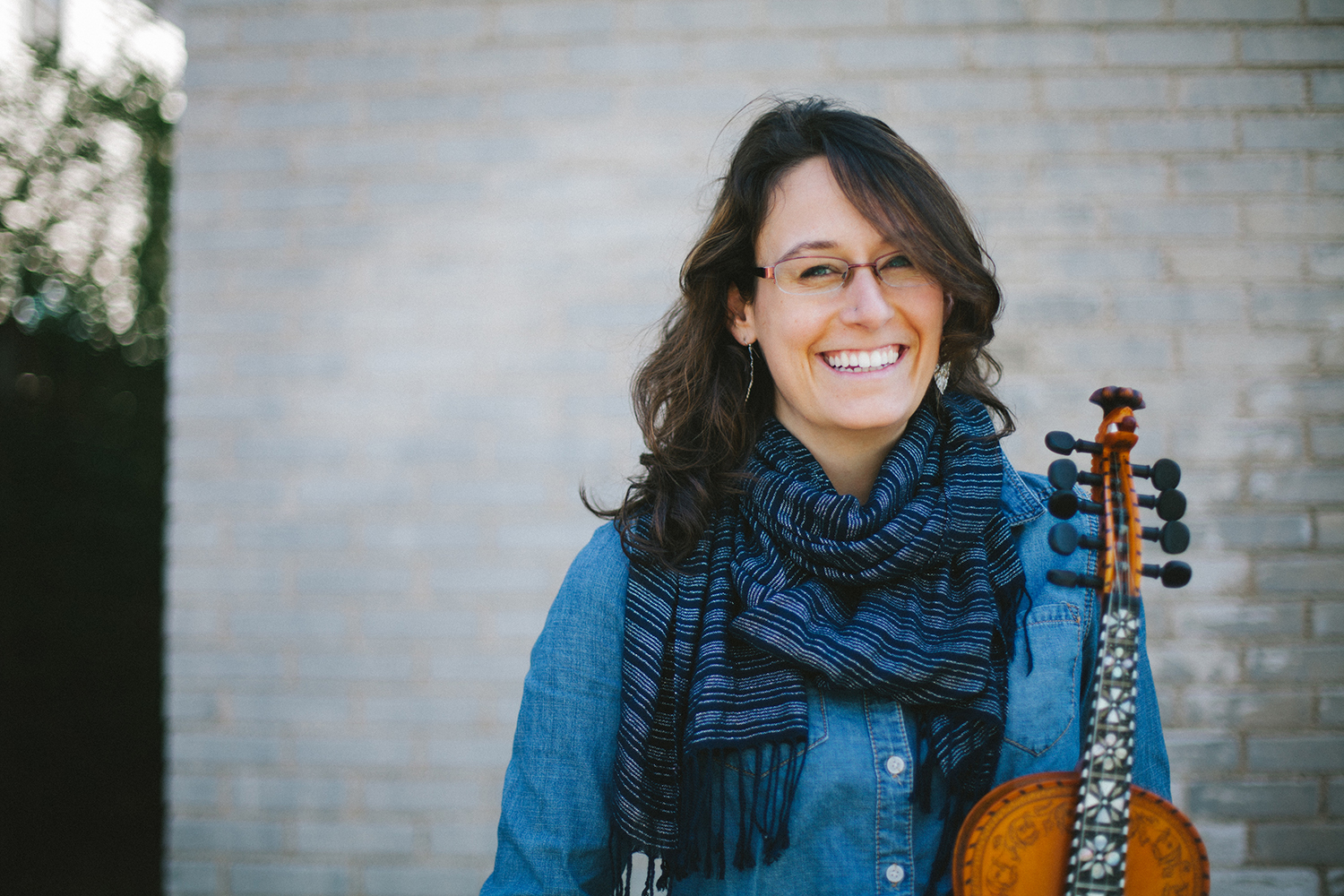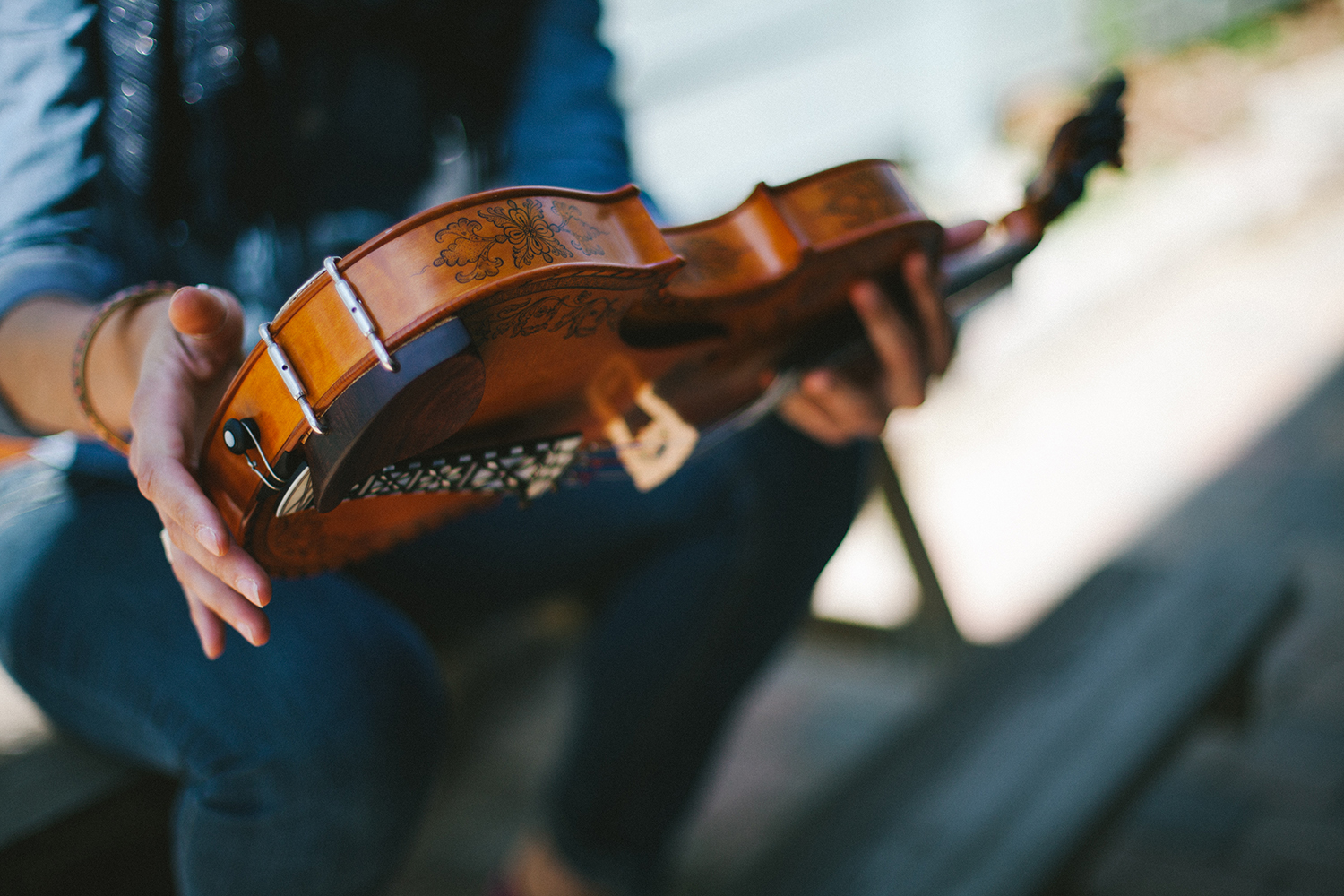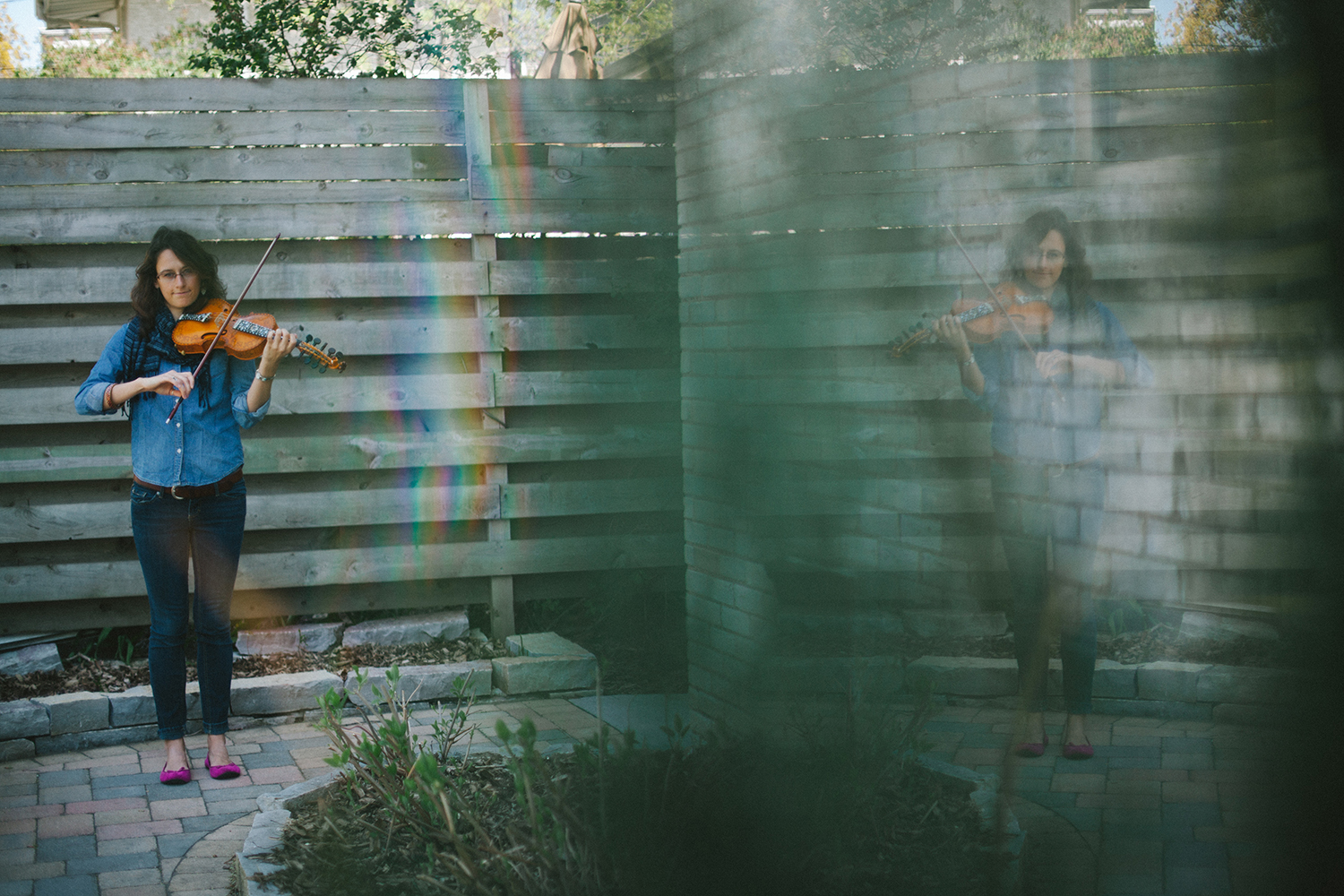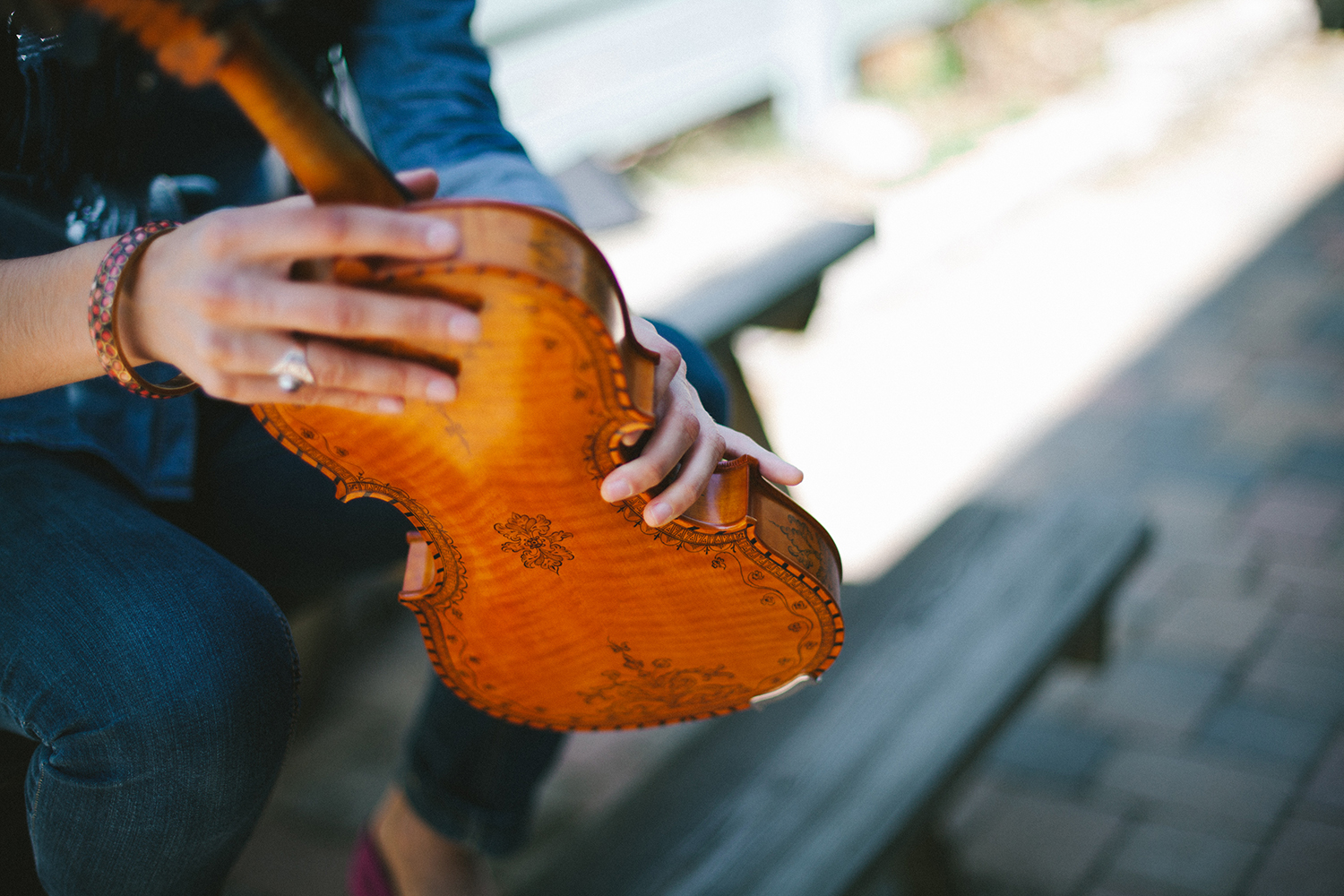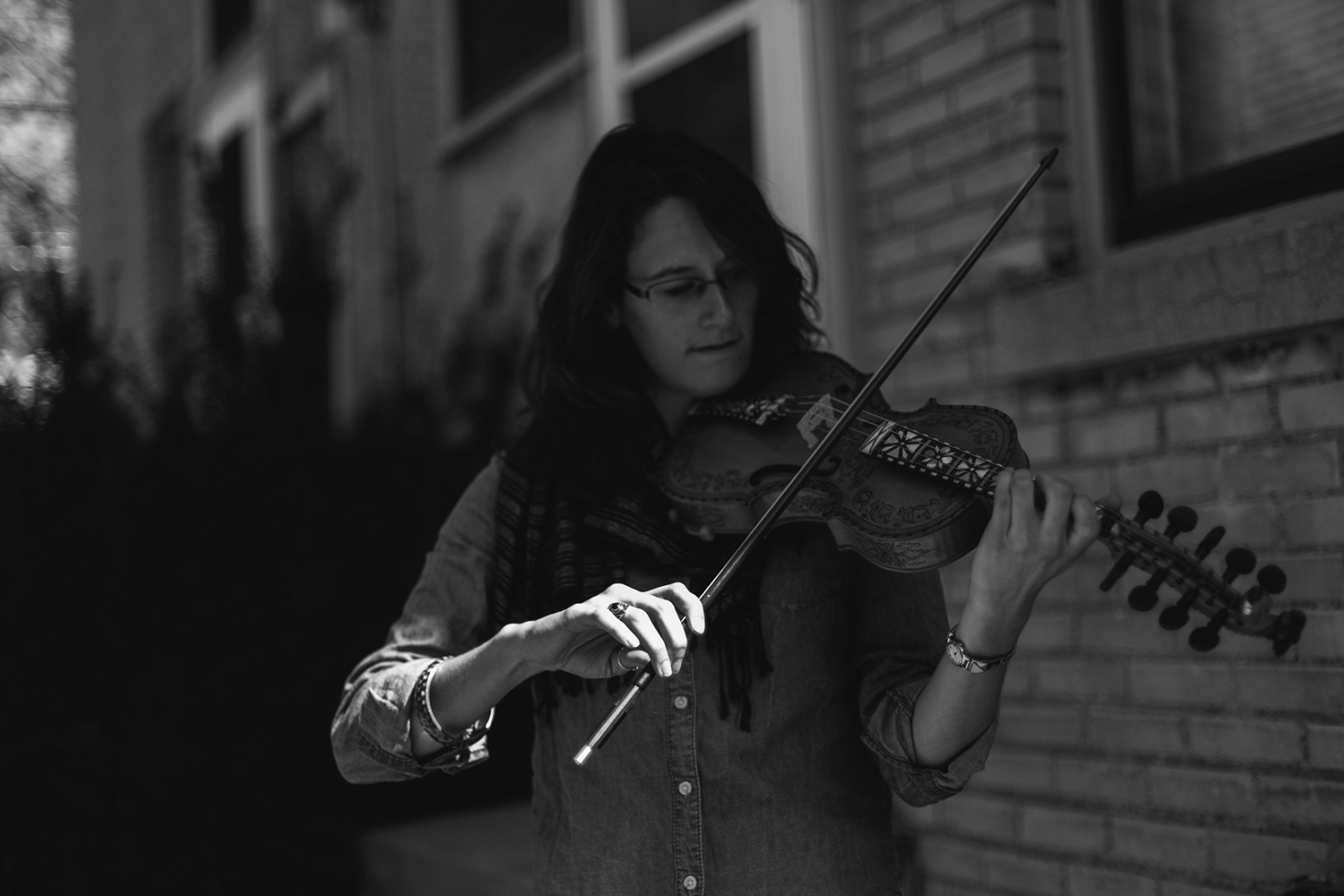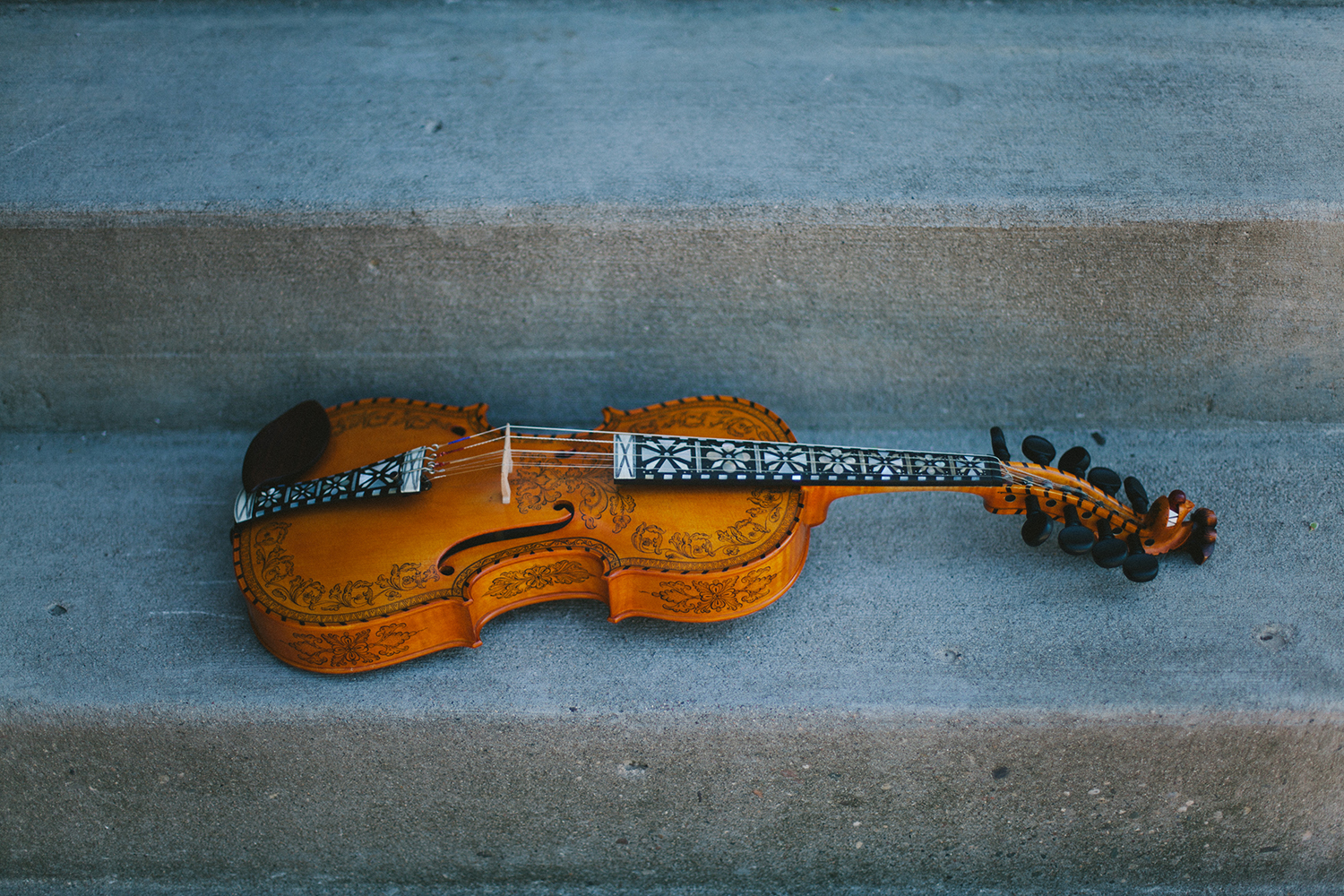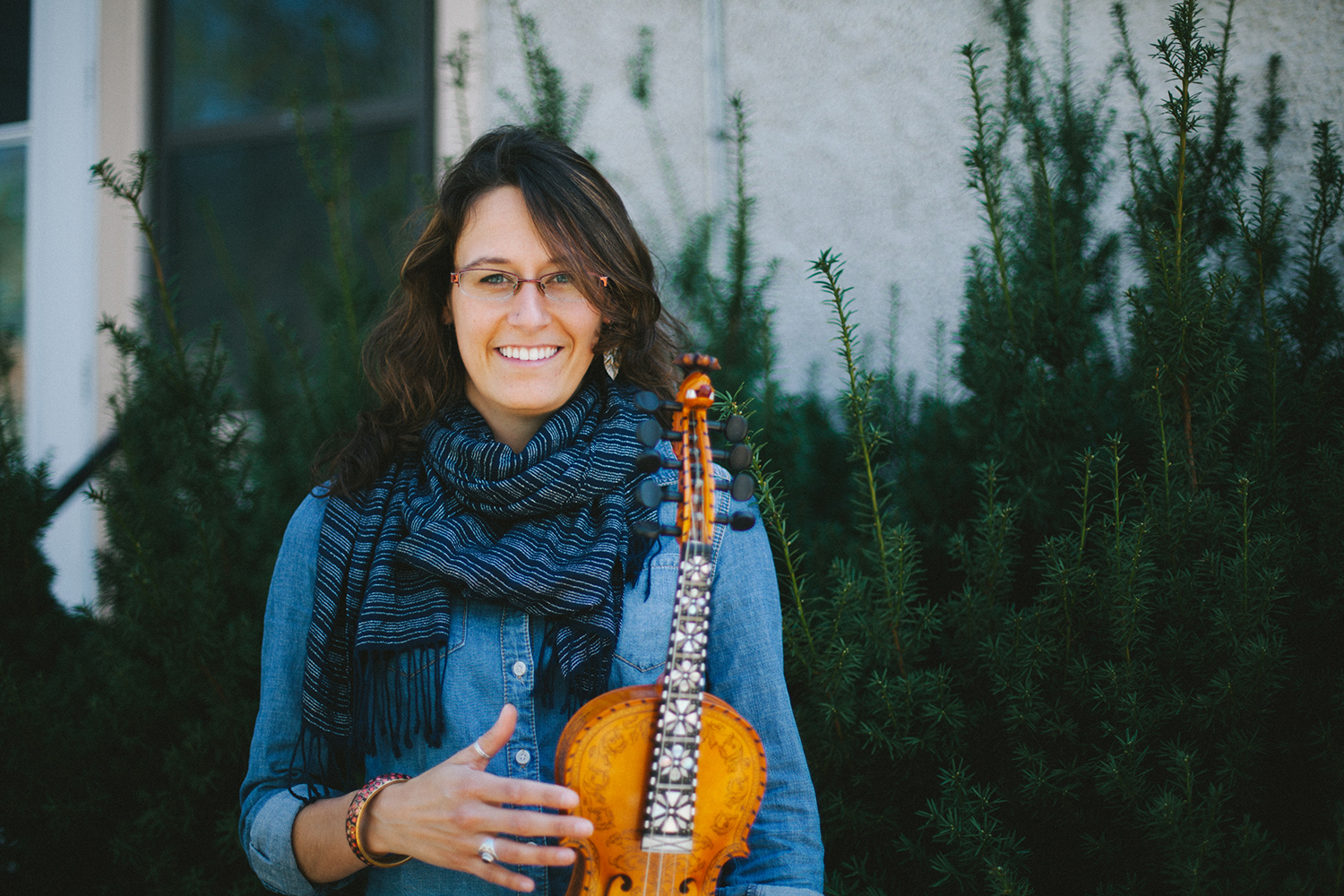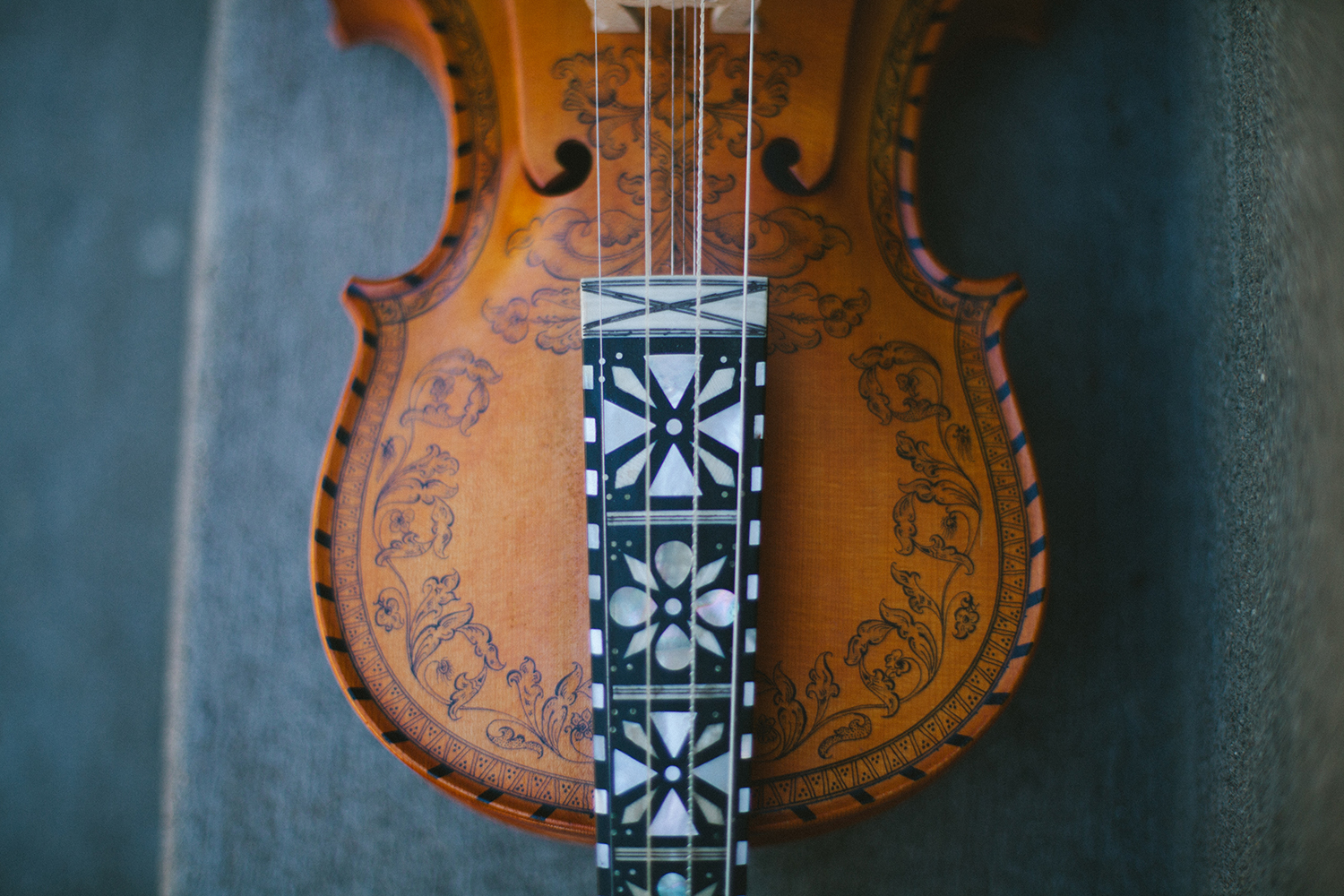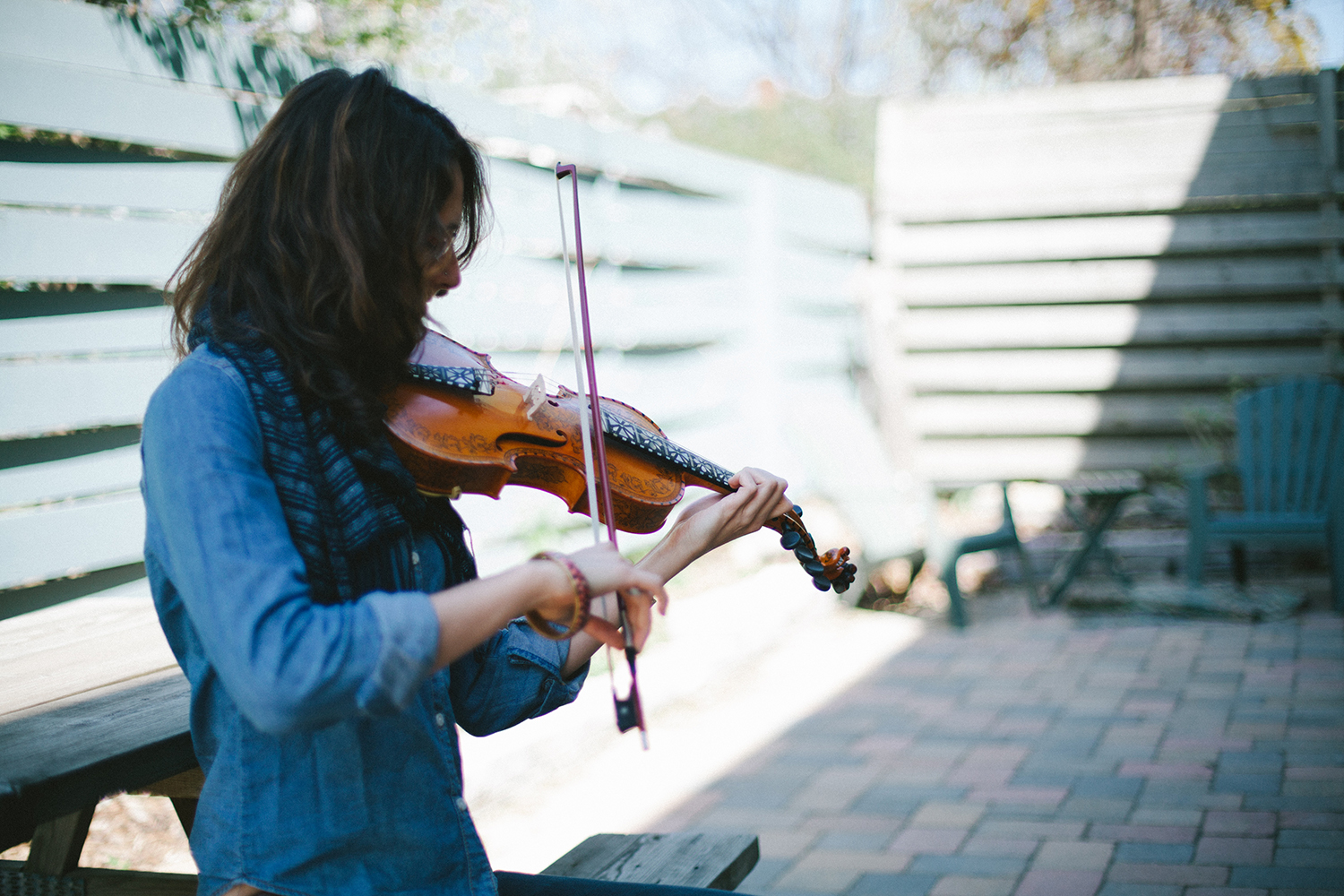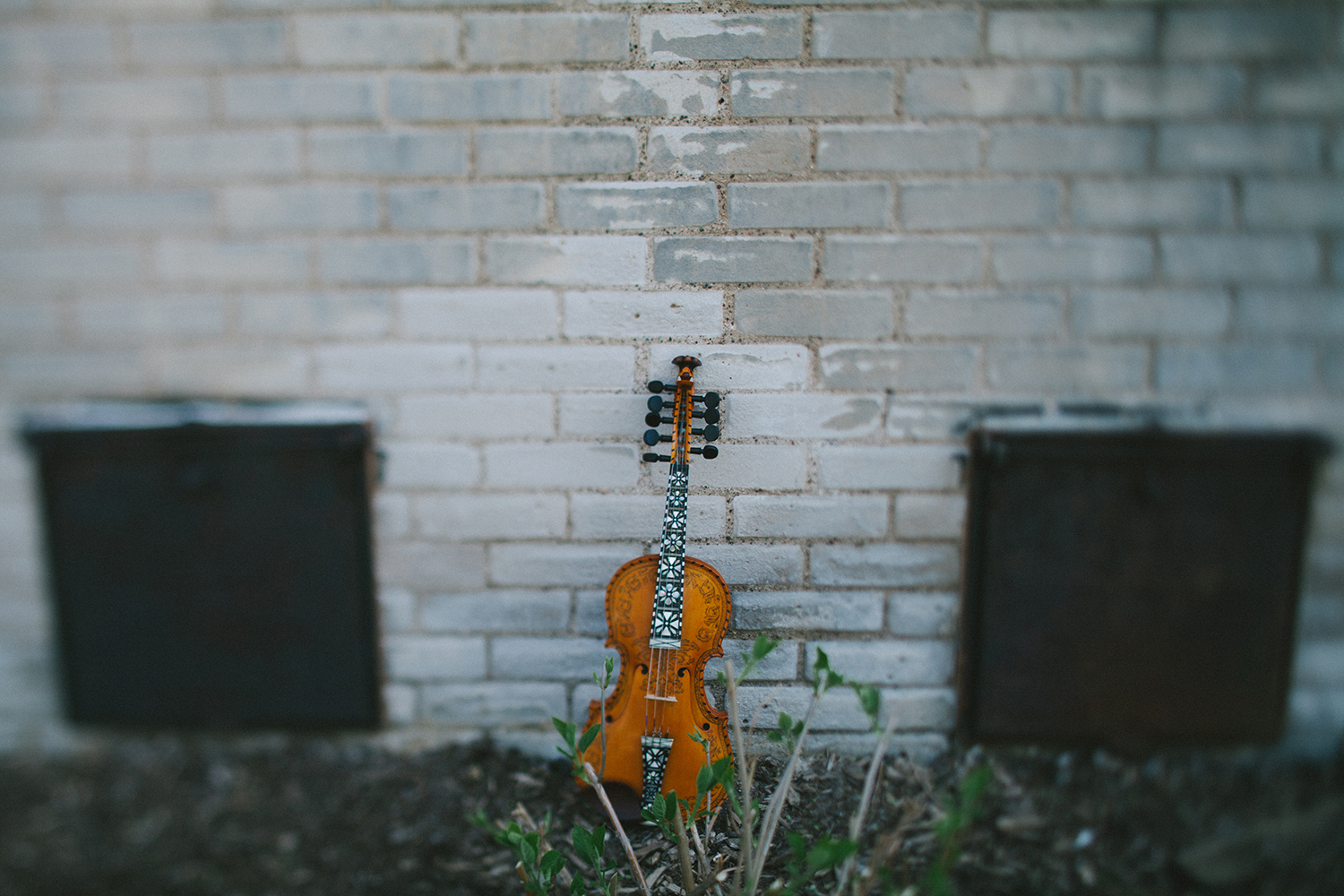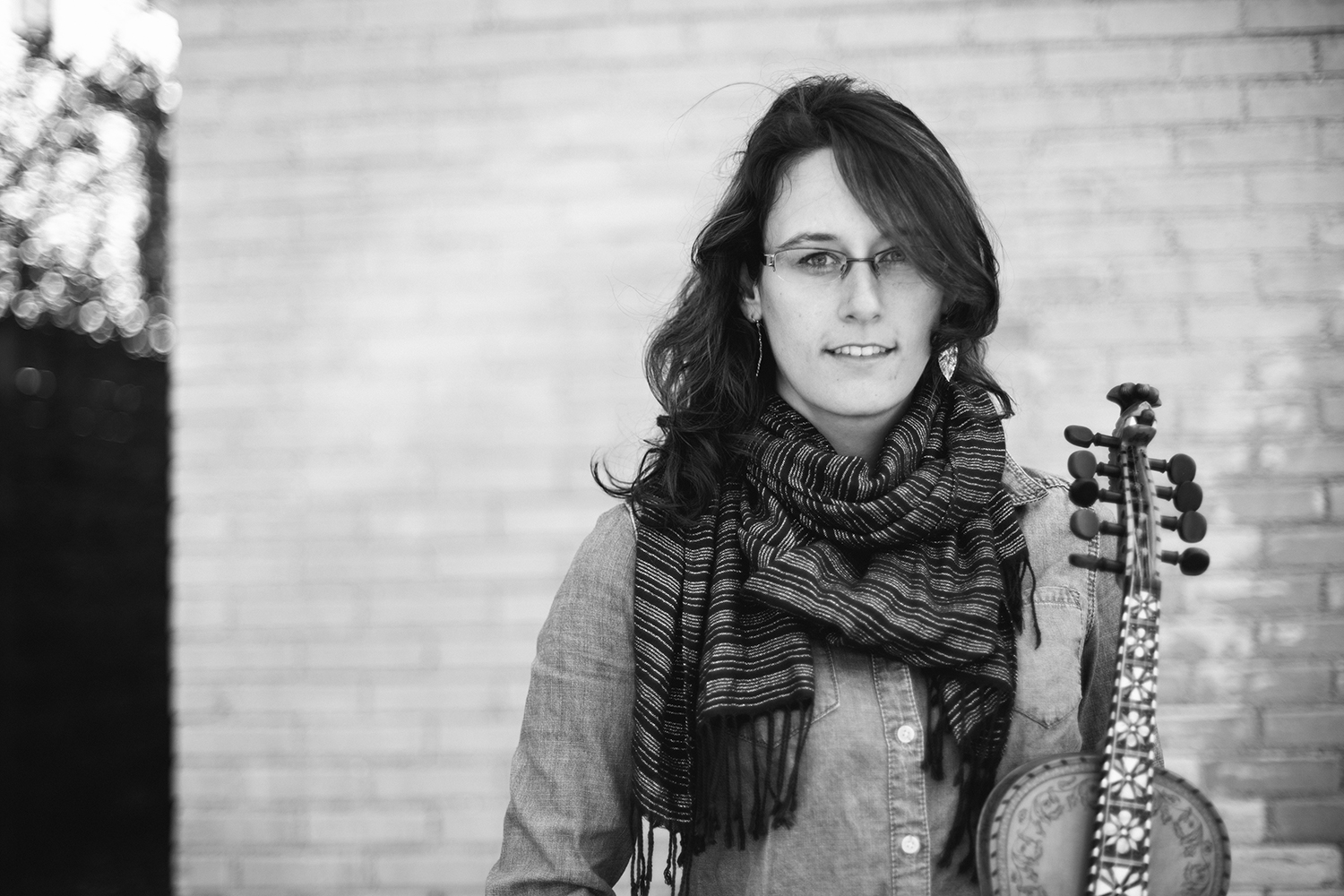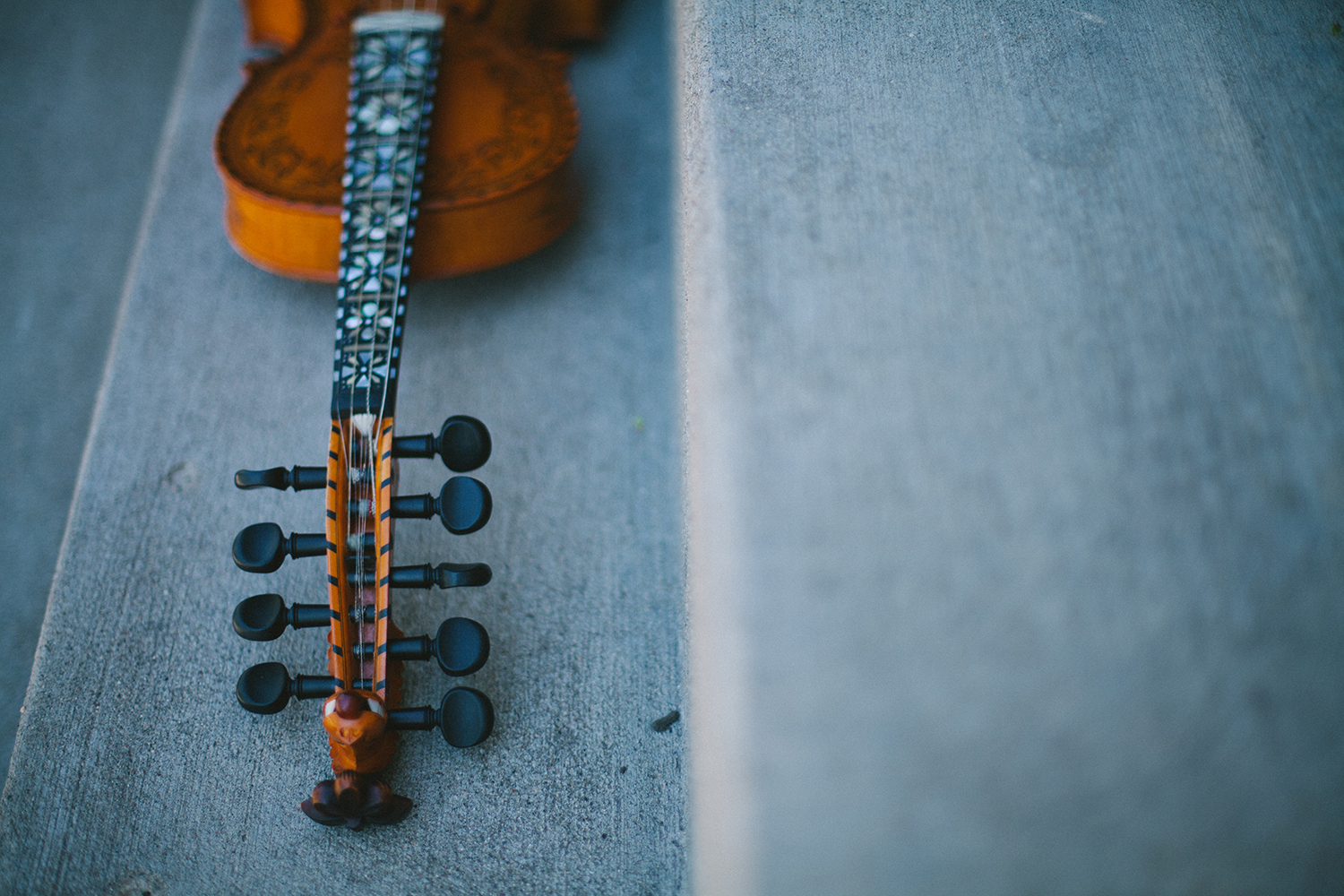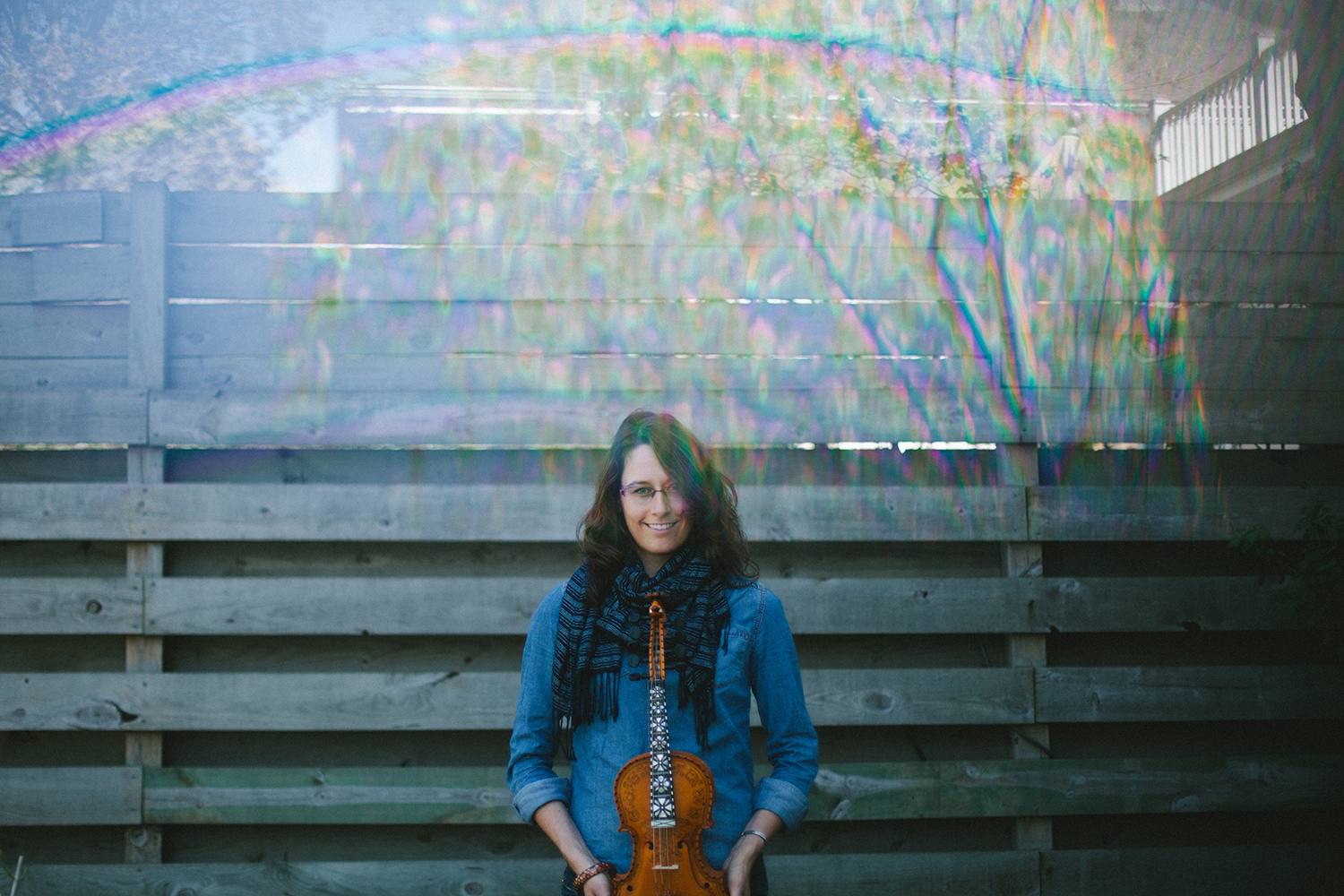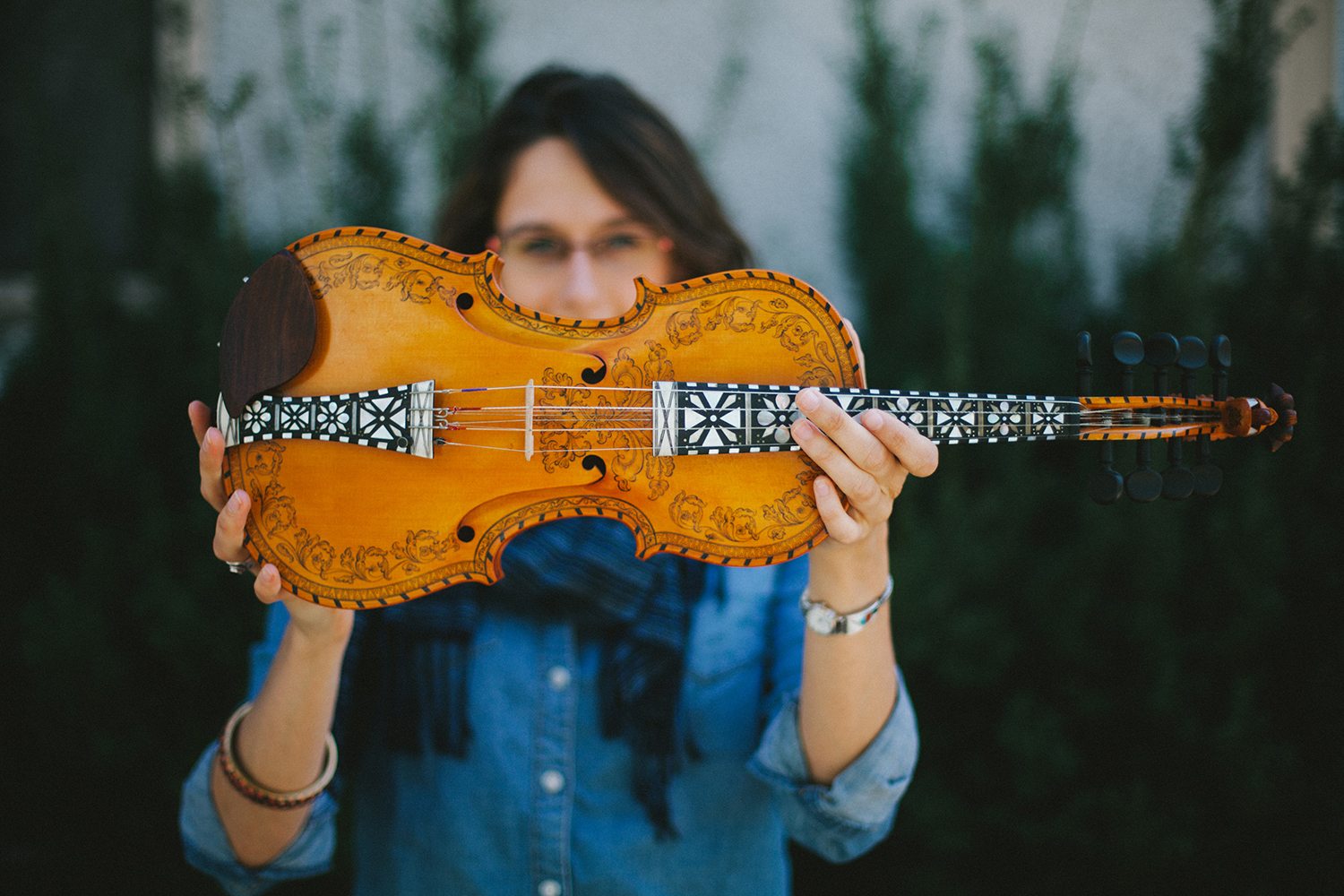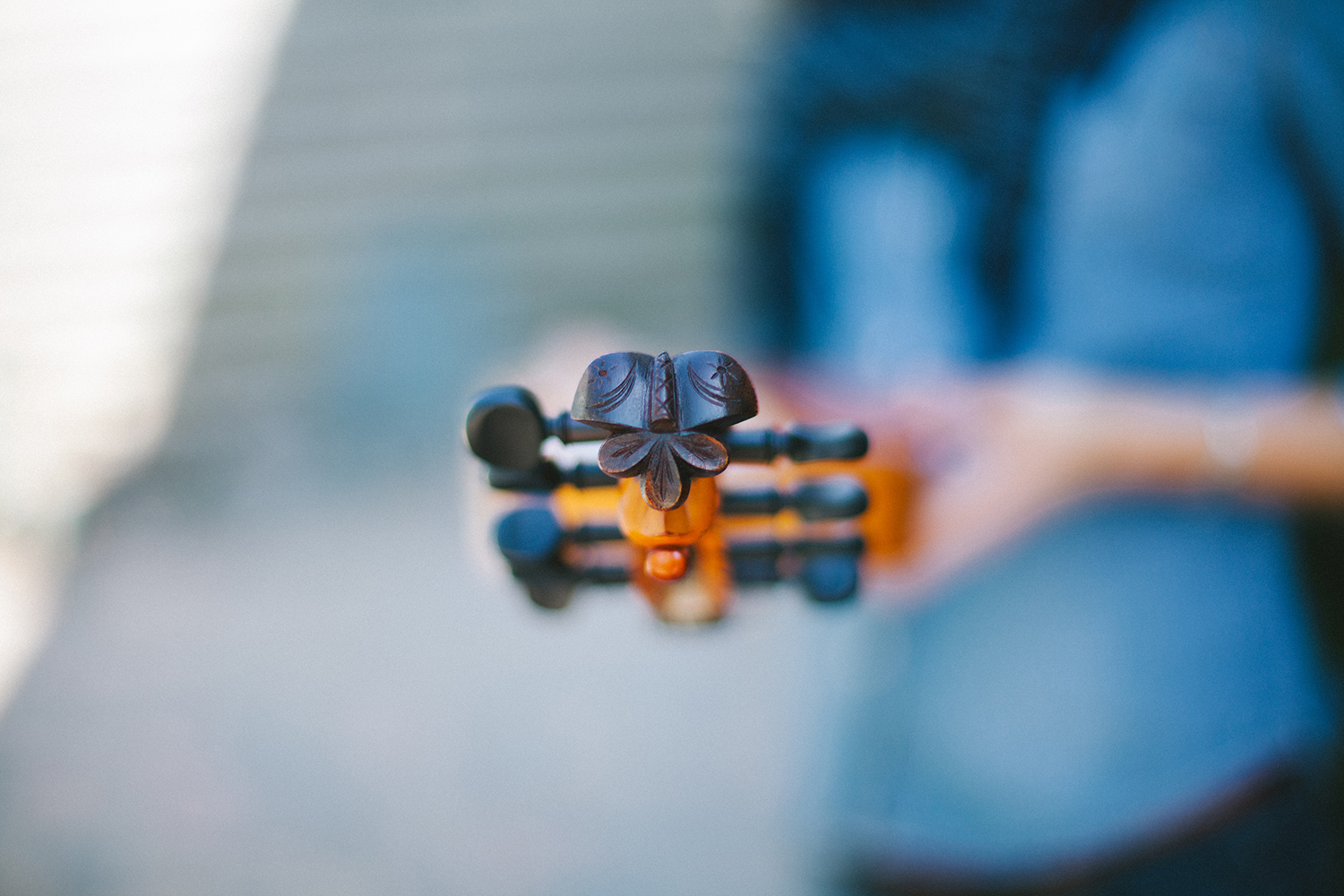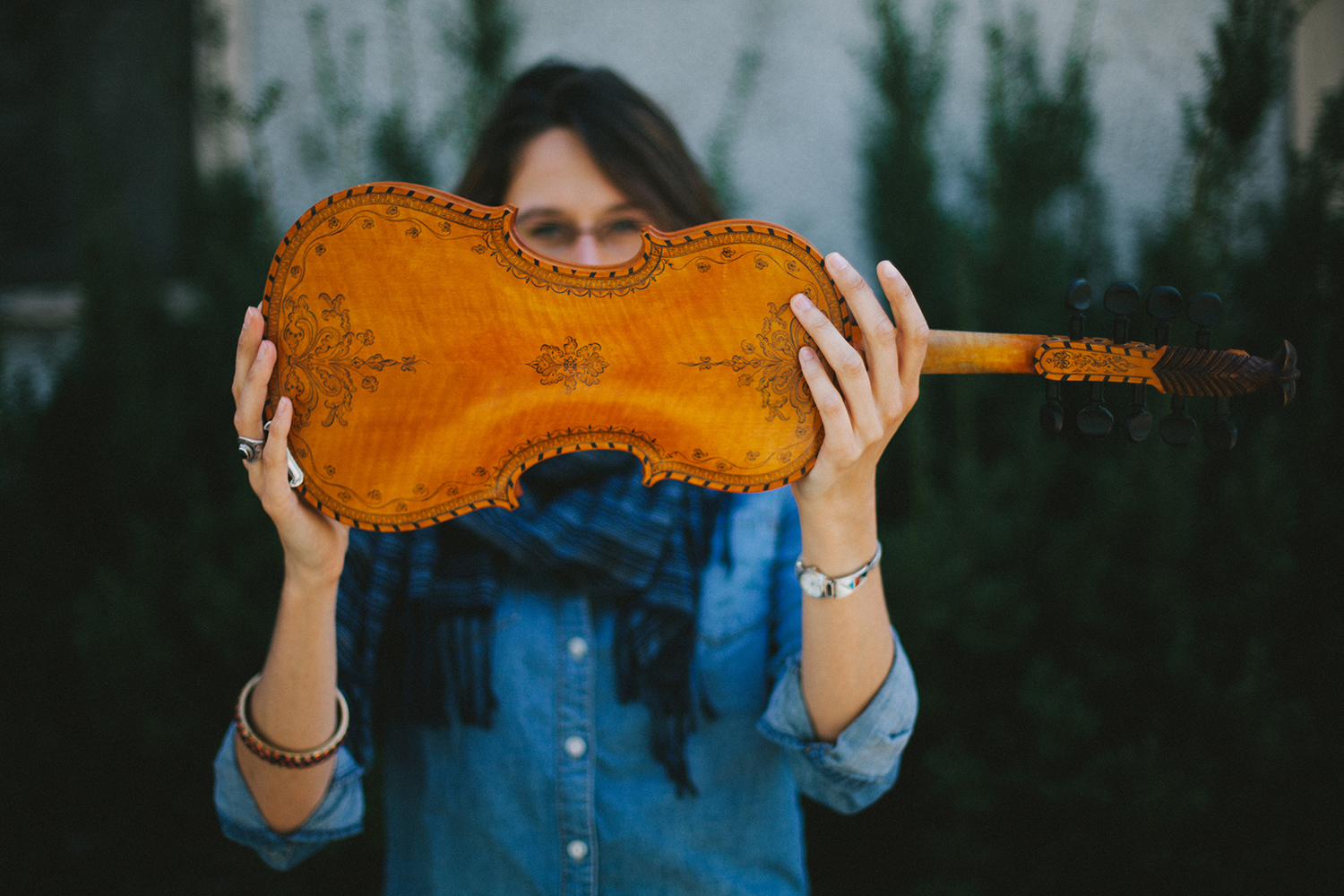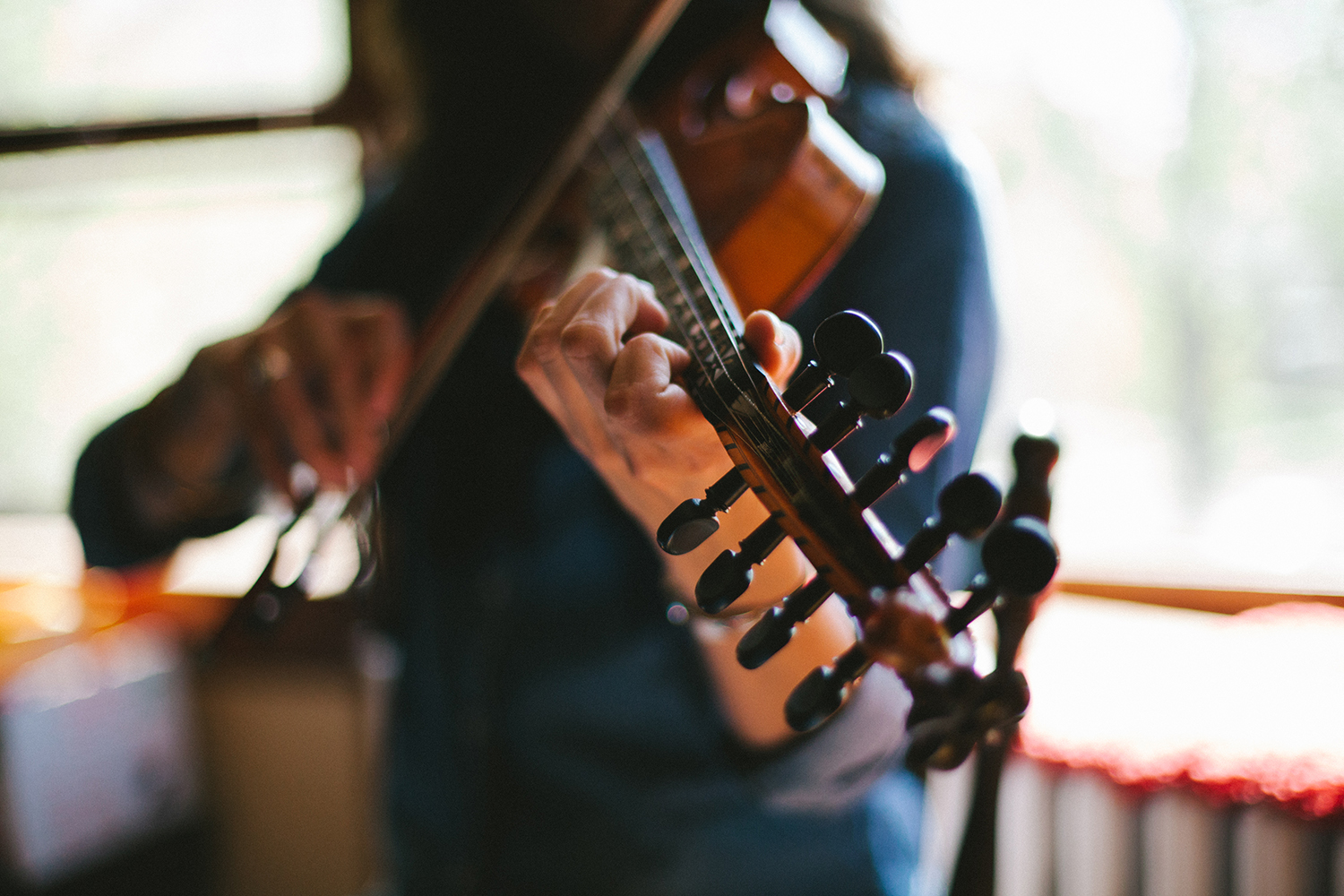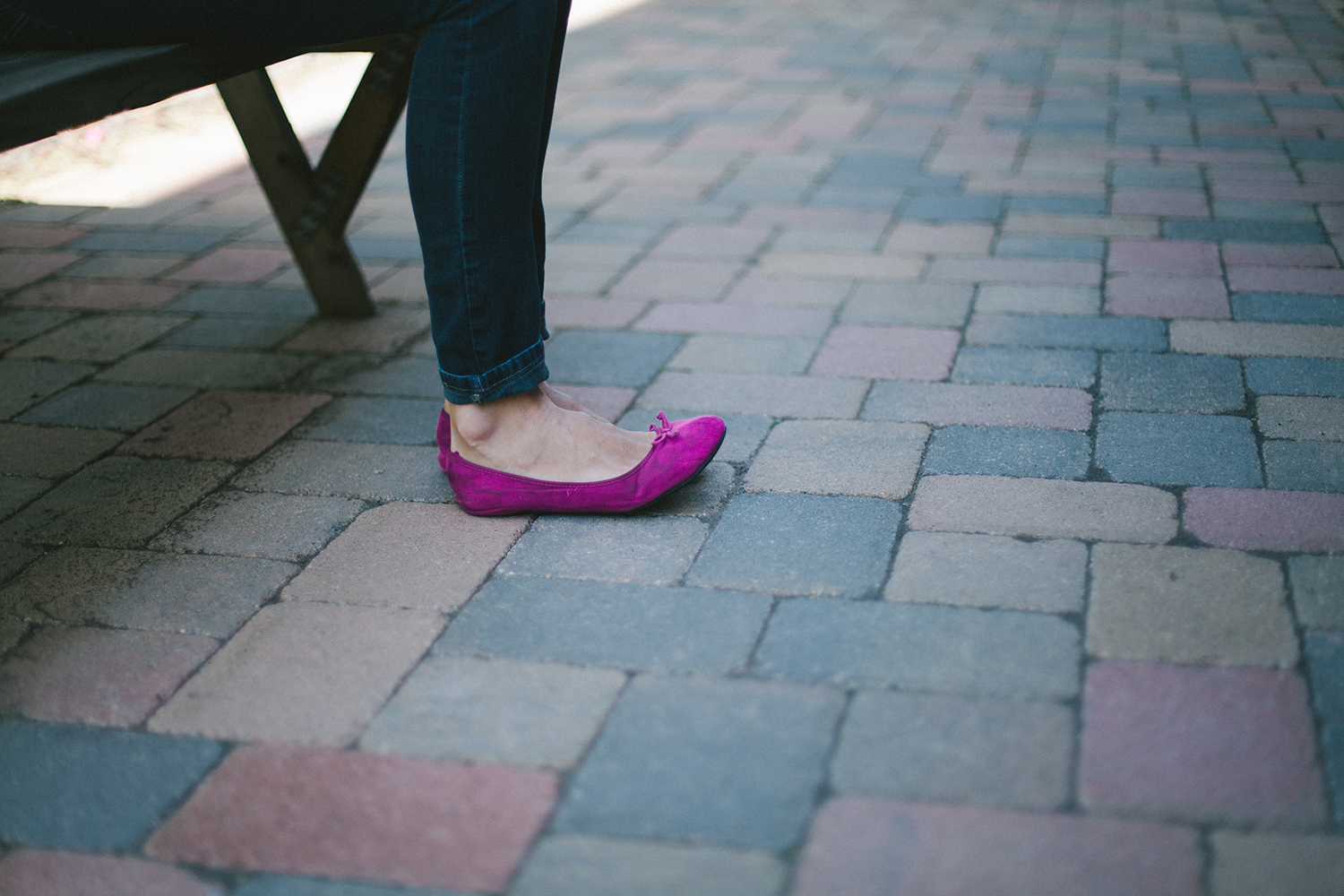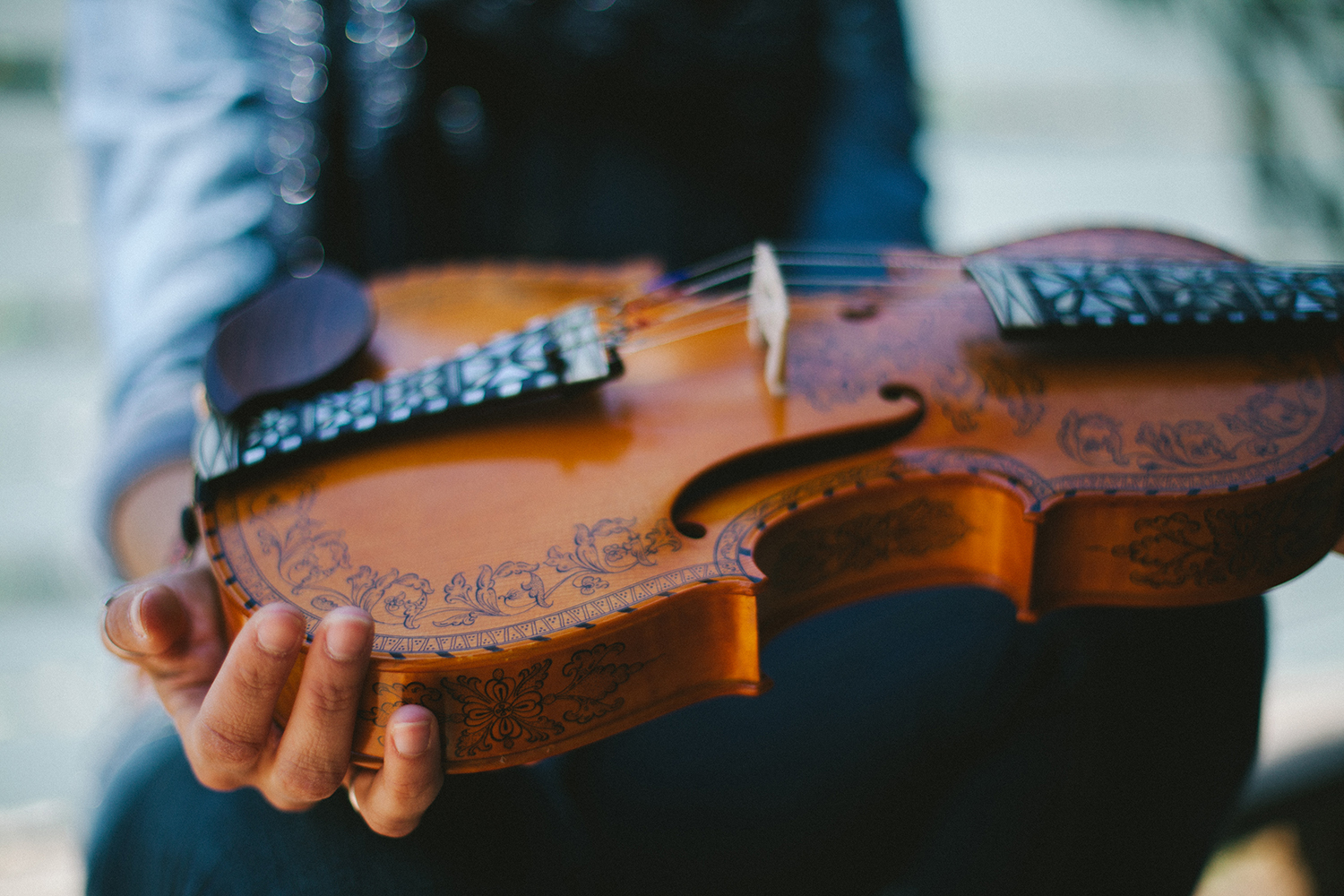LISTEN NOW:
SUMMARY:
Do you appreciate many different types of music?
Does meeting people from a variety of cultures interest you?
Are you inspired or intrigued by the intricate craftsmanship that goes into making musical instruments?
Then you are Mariel.
Mentioned in this episode:
Mariel’s home website
Where to buy her album
Hardanger Fiddle Association of America
Supporting A Face Project: Contribute
Join the conversation: A Face Project: Community
NOTES:
[2:00] Check out photos of the AMAZING hardanger fiddle
[2:45] Ask the Public: What are you listening to? Why do you like it?
[5:30] Mariel’s story
[6:00] What inspires me most about playing music
[7:00] Introduces the hardanger
[8:30] talks about the 27+ ways to tune the hardanger, including the “troll” tuning
[10:10] what kinds of music she plays on the hardanger
[12:12] my website and solo record
[13:15] Credits
[13:45] Want to join the conversation? How to become involved in our community
[14:25] How you can show your support for this podcast
[15:12] Song from Mariel and where to get a copy
[15:23] “On the Danforth” by Mariel Vandersteel
READ THE TRANSCRIPT:
I would say one of things that inspires me the most about playing music is the opportunity to be in and meet other communities of people. Because this art form is such a social thing and I really like how, you know it can bring certain people together and certain groups of people together so, that’s a main inspiration for me. Also, just like the feeling that you get playing music and having that touch someone else is really amazing, or if you’re playing with someone you know, having that conversation without words, that’s an amazing thing as well.
My name is Mariel Vandersteel and I currently live in Boston, Massachusetts and this is a Hardanger fiddle. It’s Norway’s traditional folk instrument and it’s a highly decorated violin essentially. It has the same similar body to a violin and there’s a lot of hand drawn motifs all over the instrument and it also has five resonant strings that run underneath the fingerboard and when you tune those to the top strings, they resonate and release a richer sound than a normal fiddle would and you never play on those under strings. They’re just there to catch the sound. And the bridge is a lot flatter than a normal fiddle as well. So it’s really easy to hit two strings, and you can even hit three strings at once, but it’s more difficult to hit just one string and I think that’s because it’s … This tradition is primarily a solo tradition and this bridge, this flat bridge kind of allows you to get the most sound out of instrument and the effols, the space between the effols and the body is greater than a normal fiddle too, so that helps kind of amplify the sound as well.
The Hardanger fiddle is also tuned a little bit differently than a normal fiddle. It’s tuned up in B flat or B, so it’s normally tuned a little bit higher than a normal fiddle and there’s something like 27 different ways to tune it. So depending on the tune that you’re playing, you have a corresponding tuning and sometimes those are colors. Like I know of two color tunings, one’s a blue tuning, one’s a green tuning. One’s the troll tuning, which is AEAC sharp and when you play on that tuning, the trolls are supposed to hear it and come out of the forest and-
One of my favorite parts of this instrument is the dragon head that’s up top. It’s in the place of the scroll. It’s actually just a carved dragons head with a headpiece and painted on eyes and mother of pearl teeth. The dental work is quite incredible and it’s tongue is kind of sticking out. And that’s traditionally what’s usually placed on top of these instruments. And I’ve also seen an image of a woman’s head on a scroll as well. I feel like I should know why they’re decorated as they are. I don’t know the answer but I like to think that in the long dark winters, someone got bored and decided to draw on their fiddle.
When I play the Hardanger fiddle, I usually stick with traditional Norwegian melodies from this instrument. But I kind of take liberties and put my own stamp on them. I usually play with a harp player, Meave Gilcrest and a guitar player, Jordan Teiz and we kind of create sound skates I guess, to go along with the tunes. But then sometimes I bring them in to other situations. I play them with singer songwriters or play Irish or old time tunes on them as well, so it can cater to a bunch of different kinds of music. The tune that I opened with is a spring ire, which in Norway it’s one of the main tune groups. So like in Irish music you have your reels and your jigs, but in Norwegian music you have your gung ires and hallings and spring ires. So that was a spring ire and it came from the Valdres region and so they have an asymmetrical sense of three meaning that the three isn’t just your normal waltz, like one, two, three, one, two, three. It’s asymmetrical, so the space between the beats varies, depending on what region you’re in. So if you’re in Valdres, it would be one, two, three, one, two, three, one, two, three.
Yeah, I mean it’s definitely a work in progress for me. I spent four months there studying this instrument but it’s definitely a fine art to get that … Get them from different regions down. Yeah, I’ve a website, it’s just my name, marielvandersteel.com and I have solo CD out that features a bunch of the hardanger fiddle music on it. It’s called Hickory and if anyone is interested in learning more about the Hardanger fiddle, there’s an organization, the American Hardanger Fiddle Association of America and they have a website that you can check out and has teachers in different areas and books about the fiddle and a bunch of resource that’s really great. •
